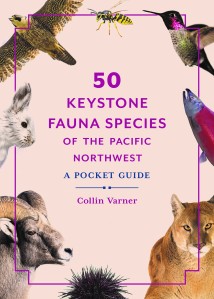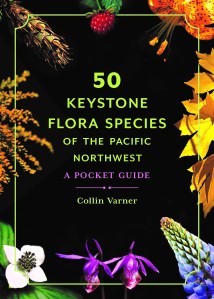The vast and diverse California coast is an awe-inspiring place of exploration and discovery, full of life forms that are shockingly unfamiliar.
In the newly released guidebook Between the Tides in California—a follow-up to the popular Between the Tides in Washington and Oregon—scientific experts reveal the hidden worlds of the intertidal zone, profiling sites from the remote northern seashores to the popular beaches of Southern California. Richly illustrated and accessibly written, the book transforms readers into nearshore detectives, with each species offering unique clues about the environment around them.
What inspired you to write this book?
Ryan P. Kelly: This book was a long time coming. I was sitting in California—in 2011, before I moved to Seattle and UW—and drafted the original sketch. The idea was to do a roadside guide to ecology, focusing on the intertidal, aimed at a curious, outgoing public. Terrie, John, and I are all originally from California, and we asked Pat to be a part of this book both because of his deep knowledge and because he’s actually in place there in Southern California, while the rest of us live in Seattle.
John J. Meyer: For me, it was an opportunity to pay homage of sorts to the place and coastline I love the most. The West Coast is truly spectacular—all of it—but the beaches and tidepools of California are where I fell in love with the ocean in the first place.
Patrick J. Krug: It’s a lucky few of us who have been able to live immersed, literally and figuratively, in the study of marine biology. Not much beats the fun of sharing everything you’ve seen, read, and been taught over a lifetime with other people who like to explore and learn about the ocean.
When people see me working in the intertidal and ask what I’m doing, it only takes a few minutes to show them how to find animals they’ve never seen before. I wanted the book to be like having four marine biologists in your pocket, pointing out sea creatures you may have overlooked your whole life.
Patrick J. Krug
As research scientists, why write a book for the broader public? Did you perceive a specific need?
RPK: It just seemed like ecology deserved the kind of treatment that geology has gotten in the Roadside Guide to Ecology series. There are lots of guides to shells and seashore creatures, but it seemed like nothing explained why a thing was here and not elsewhere. The why seemed important to explain to a broader audience.
JJM: As a researcher turned policy specialist turned communications professional, I have seen firsthand the importance of making science broadly accessible to all people. If we can help do that for our oceans, I am all for it.
PJK: Right now there’s so much curiosity and appreciation for the ocean paired with concern about how to protect our coast from escalating human impacts. It felt like the right time to talk about the shoreline we love in accessible terms to anyone looking to explore, learn, and be inspired.
In writing this book did you learn new things that differ from your day-to-day research activities? If so, what?
RPK: I loved getting the chance to look up facts and distinguish them from scientific lore and rumor. We all learned a ton. And as my day-to-day work has pulled me away from the intertidal, this was a great opportunity to reimmerse myself in some real-world ecology.
TK: I learned a great deal from my coauthors, whose specializations are somewhat different from mine. For instance, who knew that gumboot chitons have magnetite in their teeth? Or that hermit crabs can be extremely picky in choosing a new shell to inhabit?
PJK: I spent a lot more time thinking about places instead of species. I do a lot of biodiversity discovery work, finding and naming new species, so I’m often thinking: what is special and different about this organism, what sets it apart from every other form of life? But for this book, we wanted to give the character of places—what do you find on this beach, and why is it here? It was a different challenge to capture in photos and words the feel of each rocky point or sandy cove that we profiled along the Golden State’s epic coast.

Many Californians are familiar with Ed Ricketts’s Between Pacific Tides published in 1939. Is there any connection between your book and his?
RPK: Those are very, very big shoes to fill, and I wouldn’t say we were aiming to fill them at all. Inevitably our book does have thematic overlap with Ricketts, but he was setting out the language of intertidal ecology for what was probably the first time for a relatively popular audience. That book is pretty dense with detail; we have tried to stick to a more narrative style and to focus on geographic patterns that visitors are likely to notice in a day at the shore.
TK: Between Pacific Tides was formative for all four of us—you might say that as students we were weaned on that book. I’ve been carting around a copy for almost fifty years, and I still use it. But we did not set out to replicate it—that would be impossible.
How did you approach the main themes of the book and bring them to life?
RPK: It’s easy to write about things you love and find fascinating. I’d say we just tried to convey that enthusiasm—I hope it worked.
JJM: This book is filled with photos of ocean and tidepool habitats, which was intentional; you can read and see the magic of the California coast. I hope they help transport the reader to these special places and that readers then become inspired to go see them in person!
PJK: When people see me working in the intertidal and ask what I’m doing, it only takes a few minutes to show them how to find animals they’ve never seen before. I wanted the book to be like having four marine biologists in your pocket, pointing out sea creatures you may have overlooked your whole life, to tell you about their hidden world, their challenges, and the incredible adaptations that let them thrive in the unforgiving world of the intertidal zone.
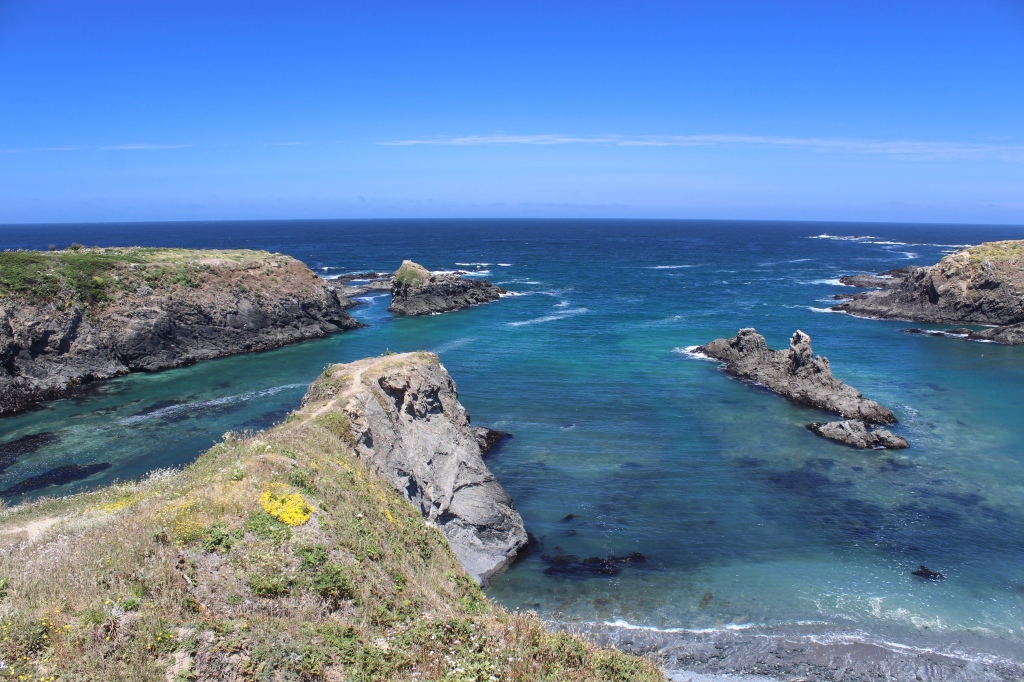
Is there a location in the book that is your favorite? What about that location makes it special?
TK: Hands down, my favorite is Partington Cove on the Big Sur coast. It’s a truly magical spot.
JJM: Terrie turned me on to Partington Cove too, which was new for me and now ranks among my favorites. But the intertidal on the Stornetta Lands in Mendocino County I think is my favorite; the diversity of micro-habitats is immense, which leads to lots of diversity in the organisms that live there. And the rugged coastline as a backdrop only makes it that much more special!
PJK: I wanted to find the outrageously neon pink sea slug, Hopkins Rose, so I went back to the same rock channel in La Jolla, San Diego where I first found this species thirty years ago. And they were right where I left them in my early twenties, same exact spot. A great puzzle in marine ecology is how rare species persist in one place in a dynamic, turbulent ocean. This was a wonderful illustration of that mystery for me.
Everyone has a favorite species or two. Which species in the book are your favorites, and why?
TK: It’s hard to beat giant kelp (Macrocystic pyrifera) for sheer majesty—but giant kelp is not an intertidal species. In the intertidal, I might vote for the kelp Lessoniopsis littoralis. Its common name—flat pom-pom kelp—does it no justice. This kelp lives in only the gnarliest wave-swept spots and can survive for many years. Its thick stipe is reminiscent of a tree trunk, helping it tolerate the onslaught of waves where few other organisms can persist. To me, it’s the oak tree of the intertidal.
JJM: Almost impossible to pick, but I’ll go with the Spanish shawl. It’s such a crowd-pleaser, fairly common, and simply stunning to see with its bright purple body and orange mane against the greens and browns of a tidepool.
PJK: I always hunt for two elusive species of limpet (small snails) that can usually be found, with some effort, by their special “home turf.” One lives only on the feather-boa kelp, blending in with its glossy brown shell. Its relative glides up and down the narrow blades of surfgrass, like a dime cut in half. Both are marvelously adapted to their different hosts, and the kelp and grass benefit from the pruning and cleaning activities of their little shelled gardeners. There’s something special to me about knowing you can always go back and find your old friends waiting right where you left them if you know their haunts—not too different from people.

What are the most important messages conveyed in the book? What do you hope that readers will gain?
RPK: Once you start to notice a thing in the world, once it appears on your mental map, you’re likely to start to care about it. That was a core goal here: help others see what we see when we visit the coast, with the likely outcome that others will start to feel about these places the way that we feel about them.
TK: The California coast is magical for so many reasons. But some of that magic can get lost amid its crushing popularity. We wanted to capture some of the beauty and intrigue that can still be found along this coast. It is an absolutely stunning place.
JJM: There are still wild, thriving places, even in the most populous state in the union. Of course, that’s because all the right natural ingredients are there, but it’s also because of the choices people have made. Californians place a high value on their coast, and as such protect it and care for it in many awesome ways. It’s great to see that investment pay off—many special places remain and are there for all to experience.
PJK: To me, the book is about why each beach and bluff in California has a unique vibe and look. The chapters should help readers find new places to explore, and unpack the backstory of the marine life, rock formations, dune plants, and birds a visitor might see on a given outing. My experience is that the more people learn about the ocean, the more they are inspired to protect it, so I hope that a deeper understanding of California’s coast will bring readers a passion for conservation—and more fun on every trip to the beach.
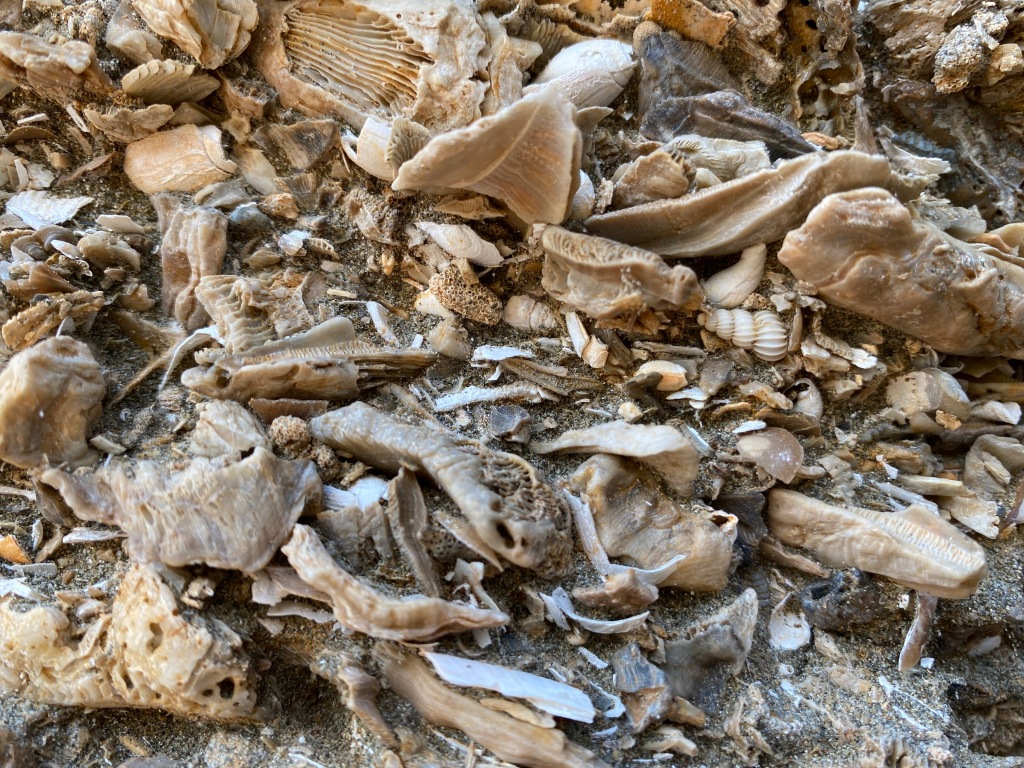

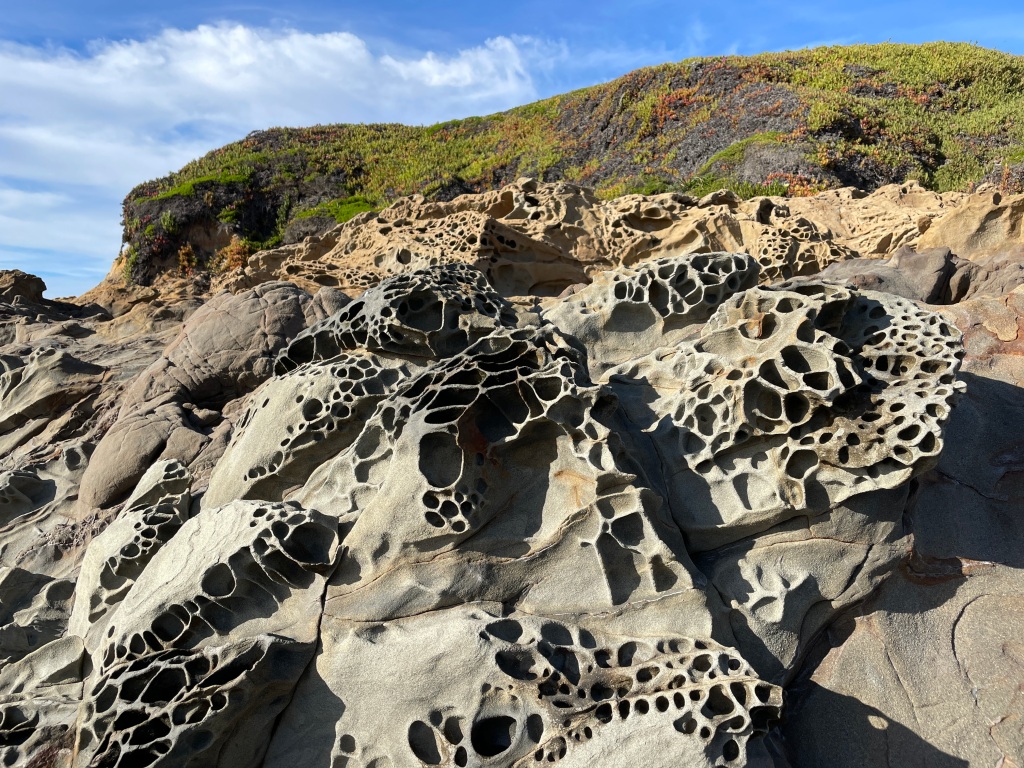
How does this book differ from field guides, textbooks, or other books on intertidal communities?
RPK: My bookshelf is full of similar books. Did the world need another one? We thought yes, because we were filling an unfilled niche. The book is about why rather than about what: why some things live here and not there, and how a person can learn to read a beach and glean meaning from the patterns of life on the shore. We think that’s unique among books in print.
PJK: I felt people would like the beach version of a travel guide that tells you what not to miss when you visit a place, explaining the history of that particular fountain, wall, or monument: why it’s special and remarkable, who put it there, the historical context that will enrich your experience standing in front of it. We have that for Berlin and Rome, why not for the California coastline? I also don’t think scientists are always great at speaking plainly to people, at capturing the wonder they themselves feel about nature in their writing or images. That’s probably because we are trained to be dispassionate and technical in our work, but we love what we study, and I wanted that exuberance to come through (along with some good ecology) for the interested reader!
What’s the best way for readers to approach this book?
RPK: There are lots of photos, sidebars, maps, and so on, which some readers might find as useful points of entry. It’s quite readable (we think) straight through, too, but we were aiming to stay away from sounding like a textbook. My hope is that you can throw it in your car and pull it out on a road trip along the coast.
PJK: Like a literal choose-your-own-adventure book. Decide where you want to go: maybe it’s nearby, or you’ve never been there before, or a photo catches your imagination. Take a drive, go for a walk in the sea breeze and sunshine, and make a new discovery. One thing should lead to another, and then another. . . and if you hit the end of a chapter, flip to a random page and start again.
About the Authors



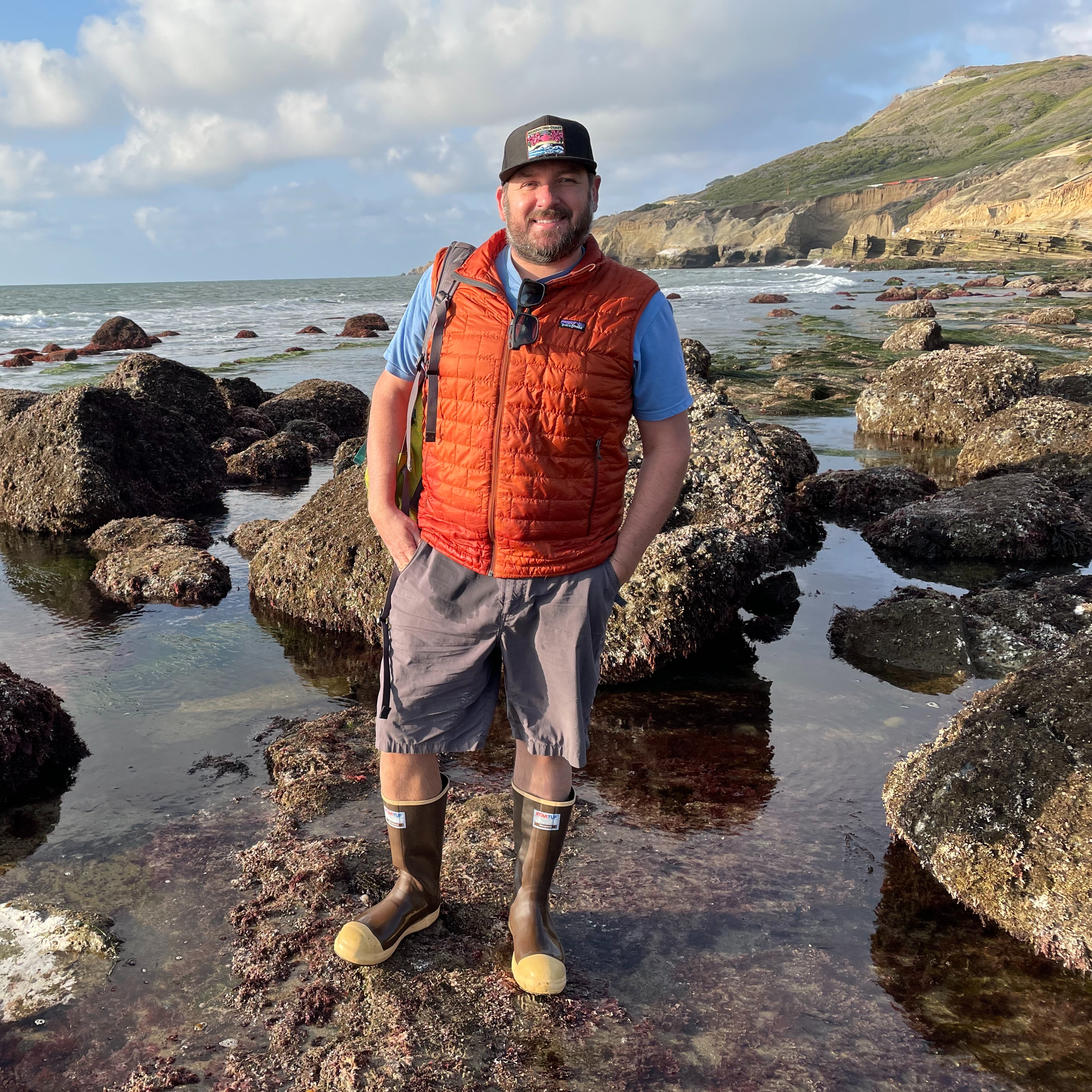
Ryan P. Kelly is professor of marine and environmental affairs at the University of Washington. Terrie Klinger is professor of marine and environmental affairs and co-director of the Washington Ocean Acidification Center at the University of Washington. Patrick J. Krug is professor of biological sciences at California State University, Los Angeles. John J. Meyer is senior director of marketing and communications in the College of the Environment at the University of Washington.
Related Books

